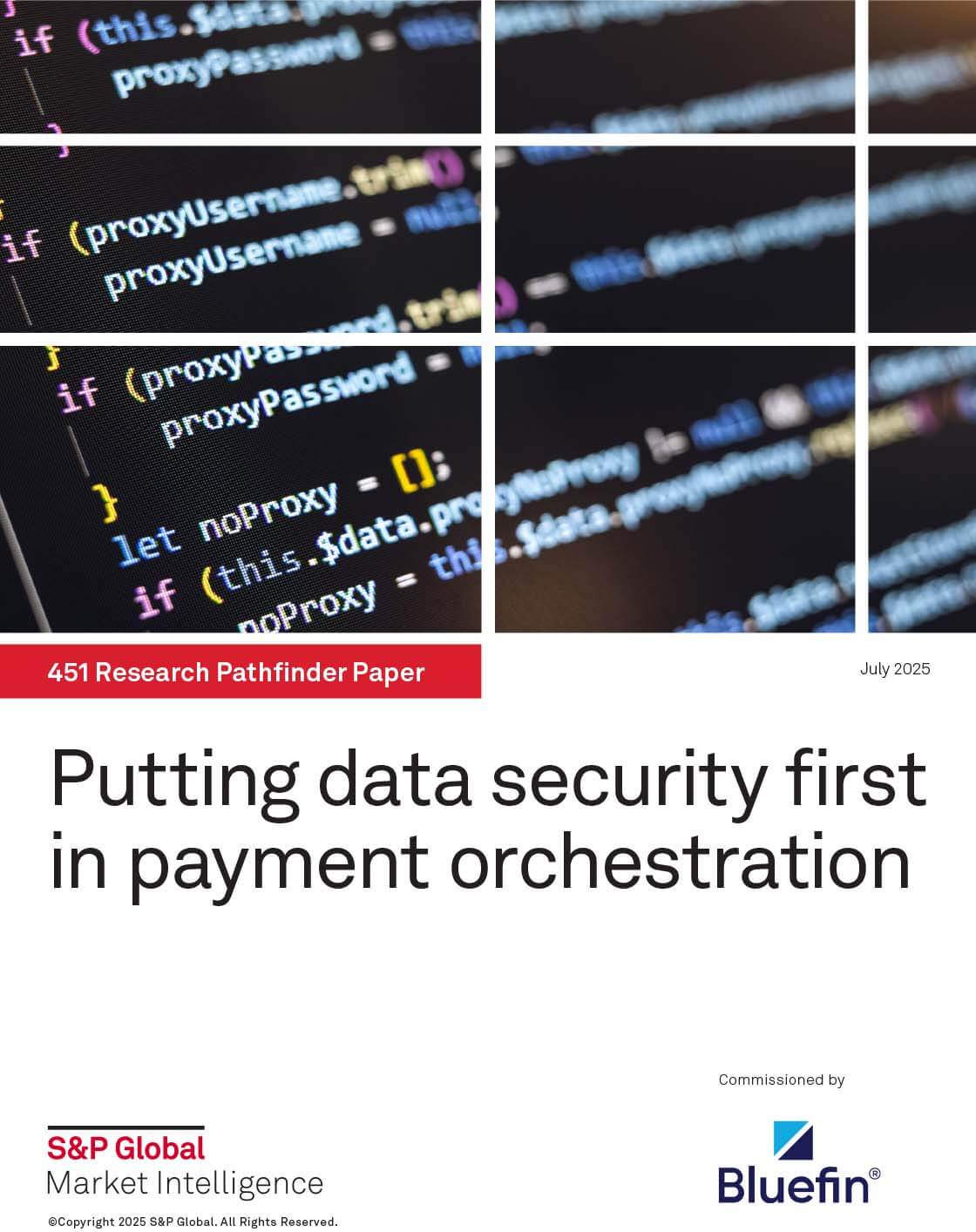In a year where AI adoption is racing ahead of regulation, IBM’s annual Cost of a Data Breach Report warns that too many companies are rolling out AI too fast – without securing it.
In fact, AI takes center stage in this year’s findings. On the upside, thanks largely to AI-powered detection and response tools, global breach costs fell to $4.44 million – the first decline in five years.
But attackers are adapting, too. AI was used in 16% of breaches, mostly to power phishing campaigns and deepfakes. Meanwhile, shadow AI – unauthorized AI tools running inside companies without security oversight – played a role in 20% of breaches. Of the companies hit by AI-related incidents, 97% lacked proper access controls.
“Most breached organizations reported they have no governance policies in place to manage AI or prevent shadow AI – the use of AI without employer approval or oversight. Both the covert use of shadow AI and the lack of governance are driving up breach costs.” – IBM, Cost of a Data Breach Report 2025
So while AI is helping defenders move faster, it’s also expanding the attack surface in ways many organizations aren’t prepared for. And the cost of that oversight gap is already showing: Despite the global decline, U.S. breach costs rose to $10.22 million, driven by regulatory penalties and slower detection.
Here are a few additional key highlights from the report:
- The average breach lifecycle dropped to 241 days, the shortest in nine years – but 76% of organizations still took more than 100 days to fully recover from a breach.
- Customer personally identifiable information (PII) was the most frequently compromised data type, involved in 53% of breaches.
- 30% of breaches involved data spread across multiple environments. These had the highest average cost at $5.05 million and the longest average lifecycle at 276 days.
- AI governance remains a major gap, with 63% of organizations lacking formal policies and only 34% conducting regular audits to detect shadow AI.
- Healthcare was the costliest sector for the 14th year: Breaches had an average cost of $7.42 million and took 279 days to detect and contain.
- Malicious insiders were the most costly attack vector overall, with breach costs averaging $4.92 million.
- Phishing was the most common cause of breaches, accounting for 16% of incidents, and remained one of the most expensive, with an average cost of $4.8 million.
- Only 49% of breached organizations planned to increase their security investments, compared to 63% the previous year.
The Biggest Data Breaches of 2025
The headline-grabbing data breaches this year echo many of IBM’s key findings. Some of the most significant incidents to date include:
Marks & Spencer, Co-operative Group, and Harrods
Records breached: 6.5 million
In April and May 2025, the hacking group Scattered Spider targeted a number of major British retailers, including Marks & Spencer, Co-operative Group, and Harrods. M&S was hit hardest. Its systems were breached via a phishing attack, which tricked IT staff into resetting admin-level credentials at a third-party vendor.
The resulting ransomware attack disrupted e-commerce operations across more than 1,400 stores. Hackers accessed customer PII, including customer names, email addresses, birthdates, and physical addresses. The breach caused M&S an estimated £300 million in lost revenue and wiped approximately £1 billion off its market value.
Yale New Haven Health
Records breached: 5.6 million
In March 2025, Yale New Haven Health experienced the biggest healthcare data breach of the year so far. Hackers accessed a shadow data surface – a lightly secured segment outside core clinical systems – and stole demographic data such as names, birthdates, contact details, medical record numbers, and Social Security numbers.
Clinical and financial systems were untouched, but the exposed PII and protected health information (PHI) still posed serious regulatory and identity theft risks – and led to federal class-action lawsuits. The healthcare system also faced the additional costs of notifying and providing identity protection services to affected patients.
Episource
Records breached: 5.4 million
The second-largest healthcare breach of 2025 also happened early in the year when attackers breached Episource, a UnitedHealth/Optum subsidiary specializing in billing, coding, and analytics.
Unlike the Yale breach, this one exposed clinical data in addition to PII and PHI. Patients’ Medicare and Medicaid ID numbers, insurance details, diagnoses, provider names, test results, and treatment histories were among the stolen data.
Episource notified affected individuals and offered identity protection services. In June, a class-action lawsuit was filed, alleging HIPAA violations and delays in public disclosure.
Allianz Life
Records breached: 1.4 million
In July 2025, insurance giant Allianz Life suffered a social engineering attack. Posing as IT staff, attackers tricked a third-party vendor used by Allianz into granting them access.
Allianz’s internal systems – including policy administration and financial platforms – were not directly breached, but attackers exfiltrated sensitive PII, including names, dates of birth, addresses, email addresses, phone numbers, policy identifiers, and Social Security numbers.
Allianz offered affected individuals identity monitoring and credit protection. In late July, a class-action lawsuit was filed alleging HIPAA violations, delayed breach notification, and insufficient security controls.
DeepSeek
Records breached: 1 million
In January 2025, AI startup DeepSeek suffered a major breach when a misconfigured database was left publicly accessible – no password required. Over 1 million sensitive records exposed, including user chat histories, API authentication tokens, backend credentials, and internal logs.
The incident revealed sensitive operational data that could have allowed attackers to manipulate systems or extract further information from connected environments. The breach triggered platform-wide service interruptions and regulatory scrutiny that forced DeepSeek to suspend global signups.
Turning Breach Lessons into Action
IBM’s 2025 Cost of a Data Breach Report paints a clear picture: while AI-powered tools are helping defenders detect threats faster, attackers are leveraging the same technology via phishing, deepfakes, and shadow AI to outpace outdated defenses. The biggest breaches of 2025 confirm this trend, showing how fast-moving threats exploit unsecured environments, third-party vendors, and valuable personal data.
Retailers suffered massive losses due to phishing-based third-party attacks while healthcare saw millions of records with PII and PHI stolen from overlooked systems. Even an AI company like DeepSeek wasn’t immune, exposing sensitive operational data through a misconfigured, unprotected database.
Across industries, the common thread is the same: sensitive data remains too easy to steal – and too valuable when breached.
The solution? Devalue the data.
Attacks are evolving, but many modern breaches simply exploit existing risks. Bluefin’s data security solutions are purpose-built to neutralize these risks. With Bluefin’s PCI-validated point-to-point encryption (P2PE) and ShieldConex® vaultless tokenization, organizations can devalue sensitive data – like PII, PHI, and payment information – by converting it into unreadable, unusable code the moment it enters their system. This way, even if hackers break in, the stolen data is worthless to them.
In a landscape where lightly secured systems are often the first target, devaluing data remains one of the most powerful defenses you can deploy. Read IBM’s full report and get in touch with Bluefin to safeguard your most sensitive data.








